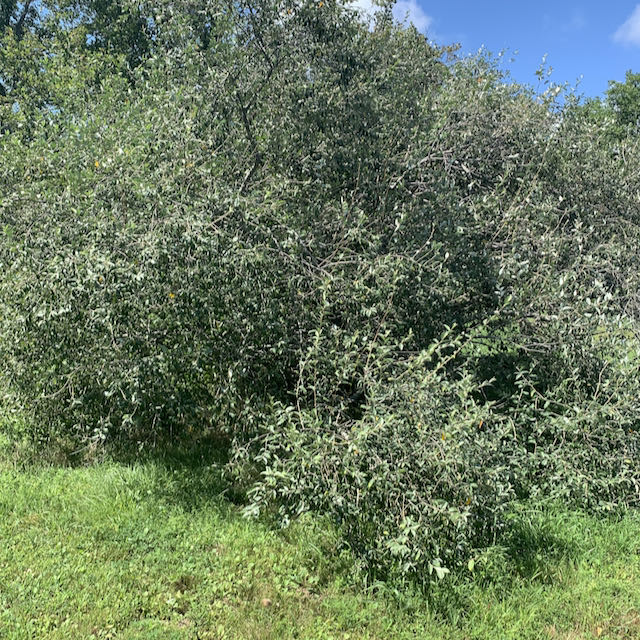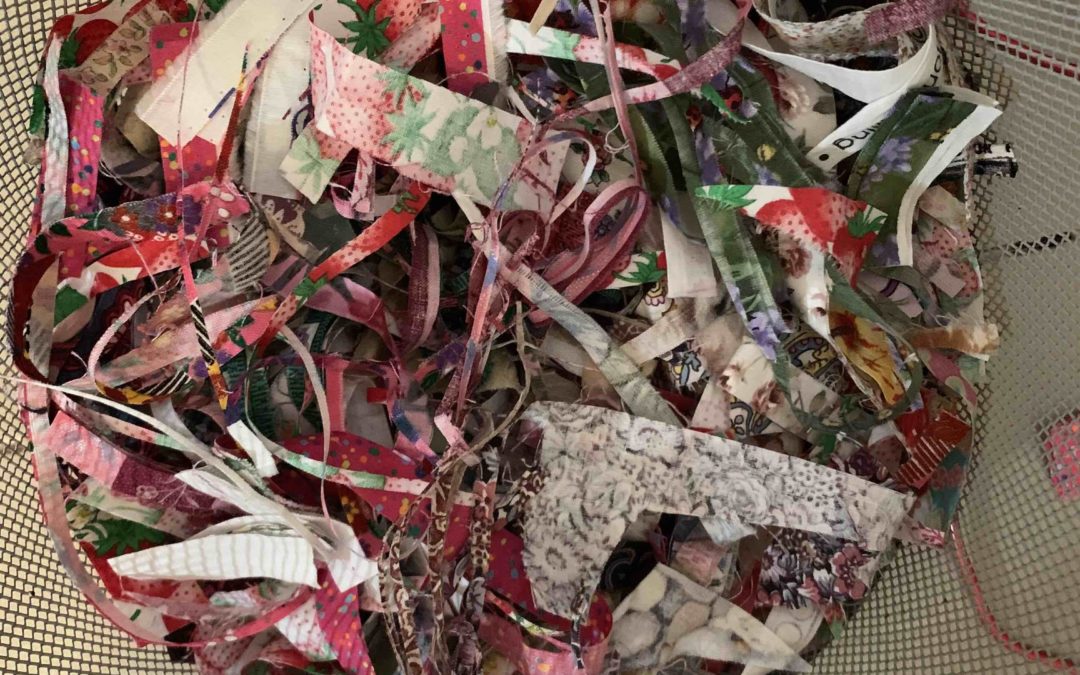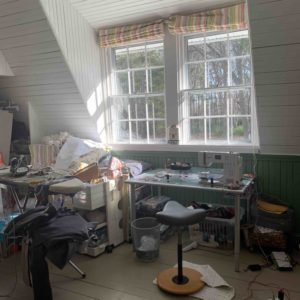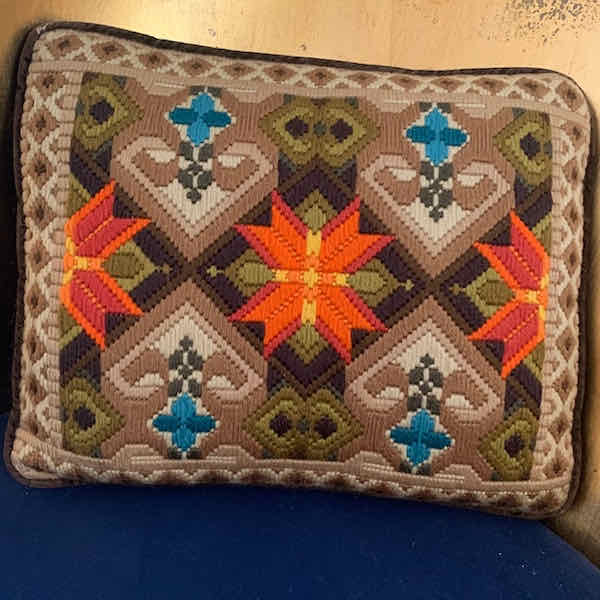
Invasion of the Invasives
Remember how we decided to move just as a pandemic swept the world? We’re still here, healthy, thankful and nesting in our new home base. I spend a lot more time outdoors, watching birds, moons, tides, plants and trees.
The autumn olive tree (Elaeagnus crispa) was one new discovery. Found in the north east and upper midwest, it is considered invasive. Most trees climb high, but the autumn olive prefers to crawl out, shading out plants below. With a super-sized, shimmery silver olive-shaped leave, legend has it that immigrants from western Asia brought along autumn olive seeds because the trees produce fruit in just a few years. The bright red berries attract all kinds of birds, who happily disperse the seeds wherever they perch.
Paging through my books on dyeing fiber with plants and kitchen waste, there were general guidelines about the usual weight of goods, et al. Then, on the internet, I found someone’s experiment dyeing with autumn olive leaves. Ok, so the berries aren’t key here, but the leaves are the way to go. Nice! This way, I could make syrup for pancakes and cocktails. A delicious BBQ sauce highlighted there tangy, tasty berries. But back to the leaves…Why I didn’t turn to Botanical Colors is beyond me. Clearly, the dye pot called my name and I wanted to start playing.
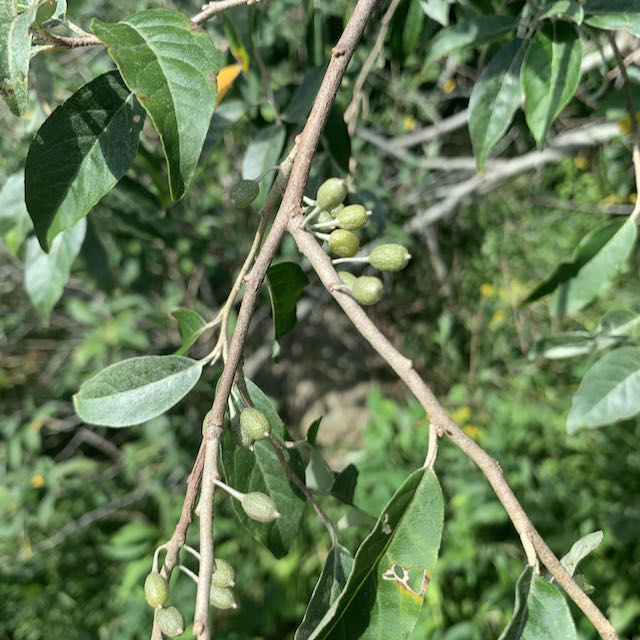
I made two different autumn olive dye pots. The first pot started with leaves brought to a boil, then steeping for ten days. Good grief, what stinky mess. When it came time to dye the fiber, the garage could hardly keep in the stench. Although I mordanted with an alumimum potassium sulfate after the fact, the final fiber was a stinky, rich brown.
My next pot was created in a more traditional method of simmering for a longer period of time and the dye bath was not fermented. My fiber was a richer color of reddish brown, but certainly not the golden color I’d hope to find. I also tossed in some bright wool blue and red roving, just for kicks.
My final pot used a mordant made from rusty nails (so who knows how weak or strong it was), with the remaining dye bath.
Final results? A nice range of browns, and richer reds and blues which work, aren’t glamorous, but fit nicely for my palette.

These plastic bags weren’t just any old plastic. During our sailing cruise in August 2021, we went through 8 bags of ice. Why couldn’t I use these plastic bags again? The boundless forms of extruded petroleum products create the building blocks of our lives. https://www.yournec.org/microplastics-and-plankton/. We are what they eat.

Liza Bingham, Rachel Leaney and I shared our play time results in a very fun pop up in Waltham. Artists from Waltham Mills peeped out of their studios, masked and ready to socialize. Friends and other Instagram followers stopped by, which was a lot of fun.
Months have passed since that November lunch time, and a friend dropped off a pile of green #2 plastic bags that she thought I might find useful. The bags had a bath, and I’m thinking about blending outdoors with my stitching and working more with plastic that might otherwise head to the incinerator or landfill. More on that later.
Every time we move house, what I create changes. When my kids were small and we lived outside Rome, I started dyeing cotton, because it was easier to hang outdoors with the kids and keep an eye on the dye baths.
Near Milan, the fabulous fibers and fabric stores creeped into my wall quilts.
Once we moved to New England, trips to Sheep and Wool Festivals pushed my creations to the wooly side.
Now the nearest fabric store is a 20 minute drive, although there are two wonderful thrift shops that could work. What do I have in my stash? What do I have in hand?
Clearly, it’s time for the next adventure.

